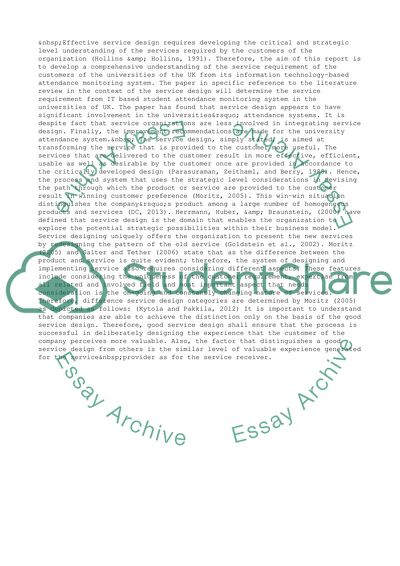Cite this document
(Critical and Strategic Understanding of Service Design in the Research Paper, n.d.)
Critical and Strategic Understanding of Service Design in the Research Paper. Retrieved from https://studentshare.org/management/1496641-critical-and-strategic-understanding-of
Critical and Strategic Understanding of Service Design in the Research Paper. Retrieved from https://studentshare.org/management/1496641-critical-and-strategic-understanding-of
(Critical and Strategic Understanding of Service Design in the Research Paper)
Critical and Strategic Understanding of Service Design in the Research Paper. https://studentshare.org/management/1496641-critical-and-strategic-understanding-of.
Critical and Strategic Understanding of Service Design in the Research Paper. https://studentshare.org/management/1496641-critical-and-strategic-understanding-of.
“Critical and Strategic Understanding of Service Design in the Research Paper”, n.d. https://studentshare.org/management/1496641-critical-and-strategic-understanding-of.


